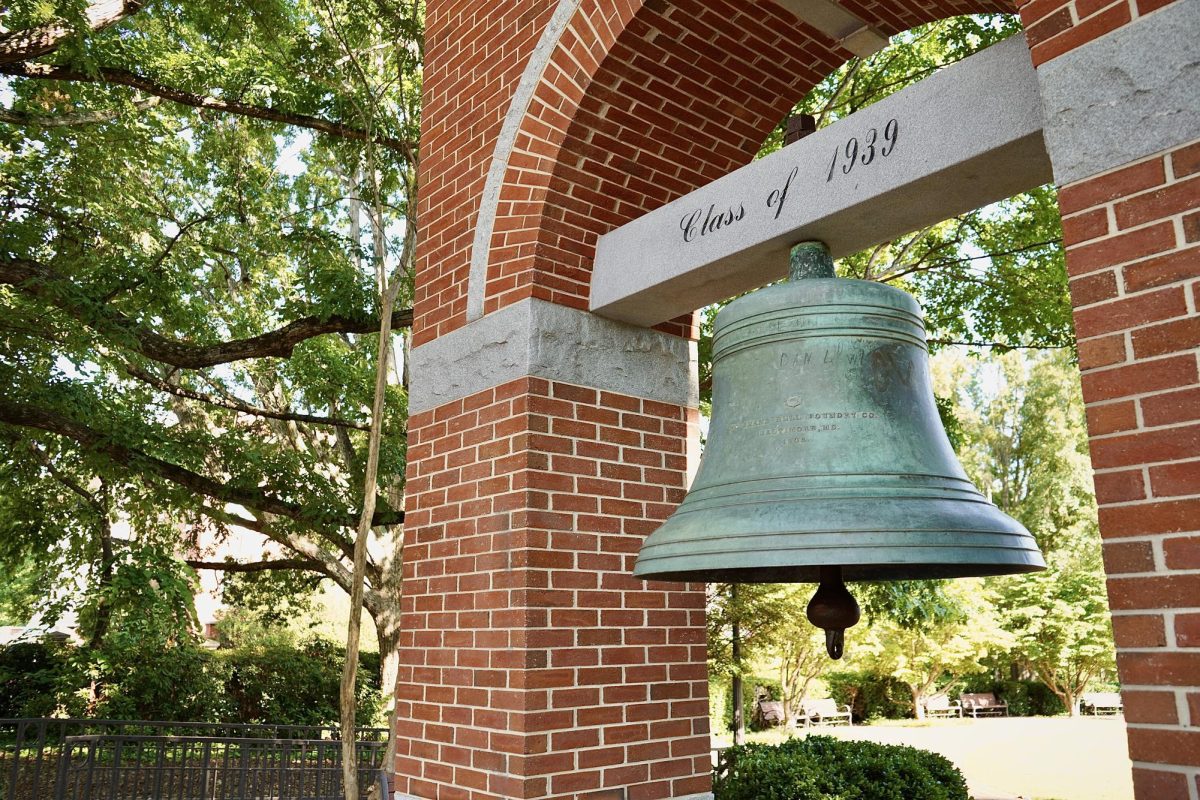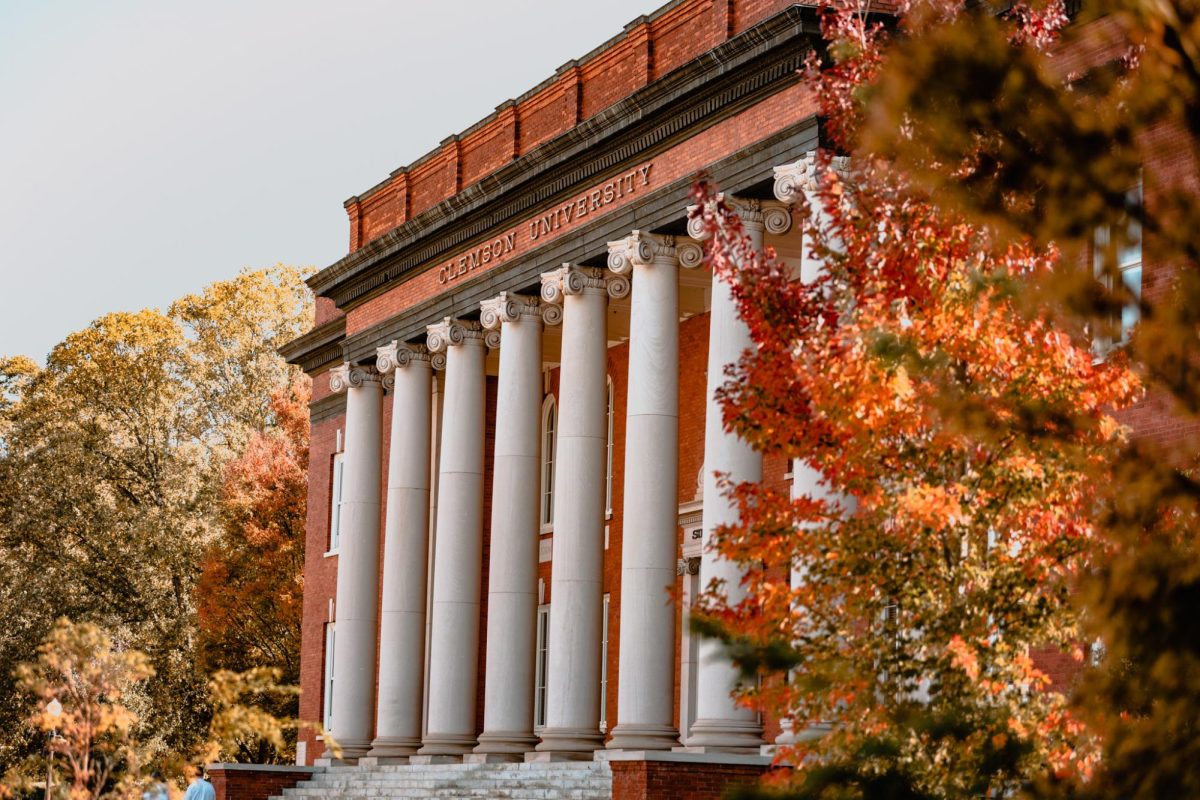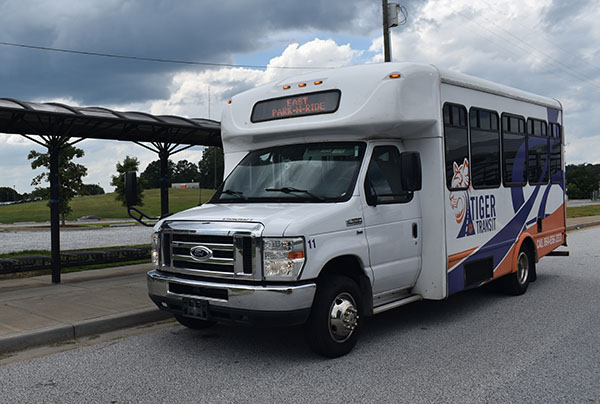A main goal of higher education institutions is to educate its students on the most advanced and modern techniques in a wide variety of fields. The only way to properly do that is to maintain a constant cycle of updating, replacing and, overall, improving. In recent years, increases in university spending around the country have become the elephant in the room at many schools. However, let’s not forget the return on investment that comes with a college degree.
NBC News reports that people with a bachelor’s degree, on average make $17,500 more annually than those who do not have one. It is imperative for all students to understand how the school uses their money so that they may be better informed about the school around them.
Since we presumably know Clemson better than any other institution of higher education, let’s look to it as an example. In an organization as large as Clemson University, there are numerous of places to spend a lot of money.
The proposed budget for the 2017-2018 Fiscal Year is $1.2 billion. Yes, that’s billion with a “B.” This is a 7.5 percent increase over the 2016-2017 budget of $1.07 billion.
Now, you may be asking yourself “Why does Clemson University, a state college in the middle of nowhere South Carolina, need an extra $80.2 million dollars on top of their already +$1 billion budget?” The areas of the budget that are highlighted here are those that may impact students the most on a day-to-day basis, or seem ambiguous at first glance and therefore open to misinterpretation.
First off, Clemson is consistently ranked as a very active and top research institution. In order to maintain this accolade, and hopefully improve it, research spending needs to increase. And it did, by about $20 million or 11.5 percent. A ranked research program with an upward funding trend attracts strong research talent and better prospective students.
Not only will new talent be attracted to Clemson, a larger applicant pool will allow the school to be more selective, which will also help to improve the national ranking. Greater research funding not only improves a school on campus, but nationally as well. The students will be the real beneficiaries from having direct access to these improvements.
Research spending currently stands at 16.3 percent of the total budget. Other areas of the budget include 21.2 percent of funds going towards instruction, 14.2 percent for Auxiliary Enterprises, and 10.2 percent towards scholarships. The final 41.8 percent is divided among eight categories, including institutional support, student services, operations and maintenance, etc., each receiving less than 5 percent.
Let’s move on to a more ambiguous area of the budget that got a nice bump this year: auxiliary services. Many of you may think that $163.89 million dollars seems like a lot to fall into the supposed void that is “auxiliary services.” Most of “auxiliary services” is comprised of athletics, housing, dining and parking. Their portion of the budget is expected to be self-supporting. “Expected to be” and “is” are two totally different things, but the publicity and success that athletics, especially football and men’s basketball, appear to be worth whatever tab the university must bear. Publicity from athletics’ successes undoubtedly attracts more students, donors and partners for the university.
Housing, dining and parking services all get consistent criticism whether it is deserved or not. We can all agree that they each need improvement in various areas and the best way to do that is through increases in revenue or university support. And that’s exactly what happened: auxiliary services got a $10 million bump in funding over last year. This area will require continuous increases as the school grows. We will have to see if that extra money actually makes a noticeable difference, but most if not all of their yearly budget comes from their own revenue.
As you can see, there are massive amounts of money being thrown around in an institution of higher education like Clemson. All of it goes to improving the instruction, services and, most importantly, the experience. In the end, student fees only account for 46.9% of the total revenue so what we pay could be much higher. As more students come to Clemson, the pool for student funds will increase. Increasing student funds will allow university spending to increase, leading to improvements across the board.
A big shout out can go to President Clements and even Dabo Swinney for consistently wooing donors to help support projects that keep student cost increases to a minimum. Now, as in all huge organizations, there are many places to trim fat, and I’m sure that if a university-wide efficiency review took place, students could probably save an extra $20 here or there.
When you look at everything a modern college offers as opposed to the schools that your parents and grandparents went to, the differences are stark. From more involved instruction, to state-of-the-art workout facilities, healthcare facilities and even supporting the growing number of clubs on campus, the price we students pay really isn’t
too bad.








